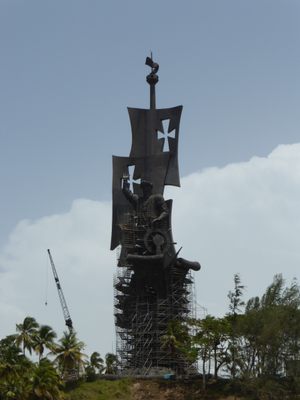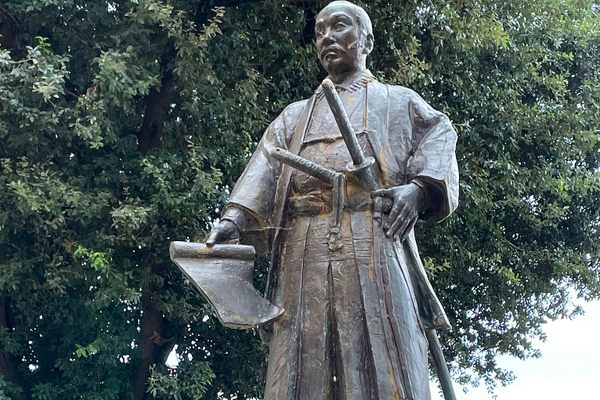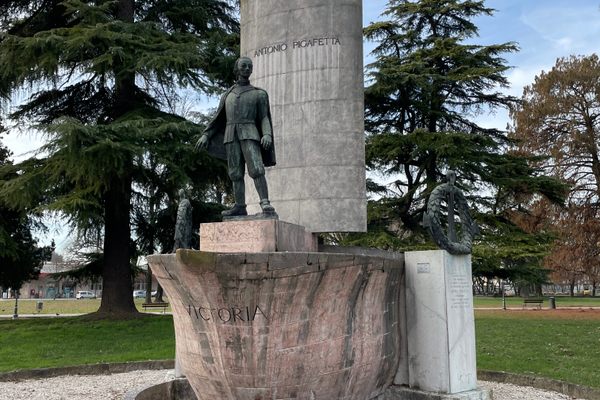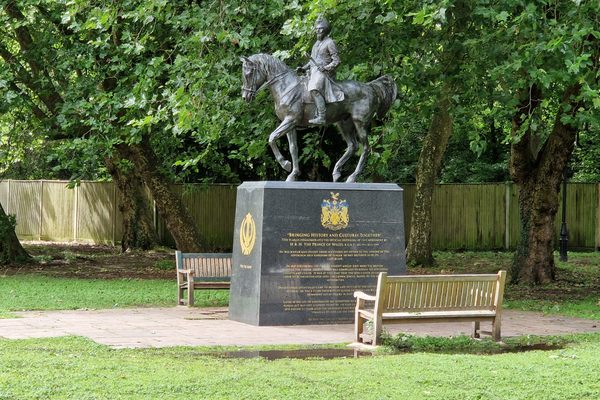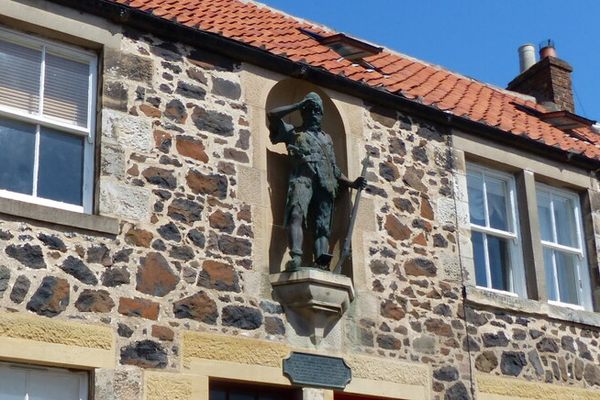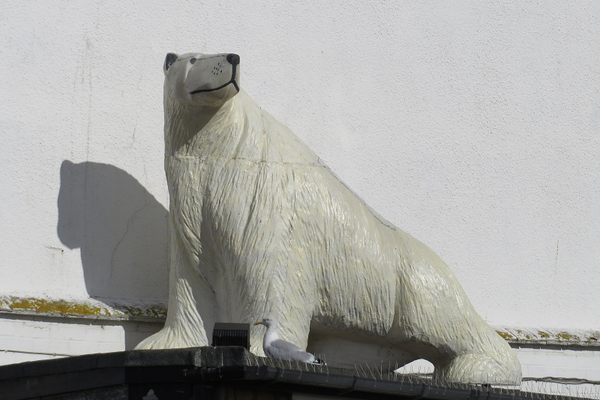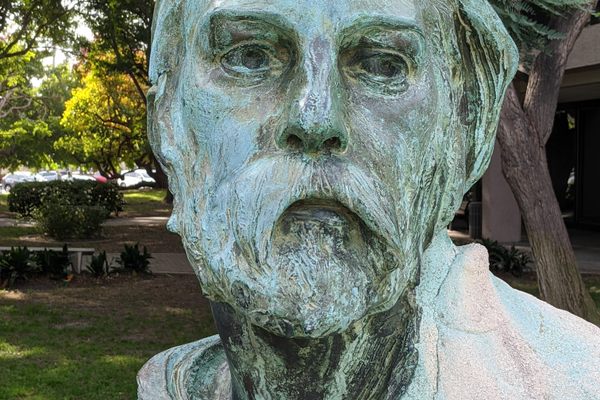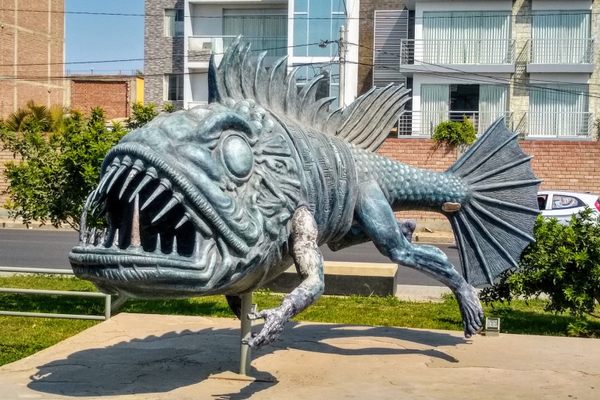About
The Genoese navigator Christopher Columbus is best known for "discovering" the New World in 1492. In commemoration of the 500-year anniversary of that historic day, a colossal monument in his honor would embark on its own voyage, in search for a place to settle.
In 1991, Georgian sculptor Zurab Tsereteli built a 360-foot bronze statue depicting Columbus at the helm, with a backdrop of the three ships used during his first voyage. Titled "Birth of the New World" and commonly known as "La Estatua de Colón (the Statue of Columbus)", it is currently one of the tallest statues in the Americas, dwarfing famous monuments like the Statue of Liberty.
Tsereteli offered the statue to several cities in the United States, including Miami, Baltimore, Fort Lauderdale, New York, and Columbus, Ohio. However, it was considered an eyesore and too disruptive. In 1998, the statue's voyage brought it to Cataño, Puerto Rico. The town's mayor at the time was interested, and the monument was brought in. This, however, was the easy part.
Originally, the plan was to erect the statue by the entrance of Cataño Bay. Despite the Puerto Rican government funding the project, it was overwhelmed with controversy. Several houses needed to be demolished to make way for it, the assembly costs were astronomical ($150 million for the base alone, not adjusted for inflation), and unpaid import taxes prompted an investigation. The statue's possible interference with air traffic, missing permits, and other safety concerns brought everything to a screeching halt.
The statue was left by Cataño Bay, lingering and rusting for several years. In 2005, Tsereteli resumed his search for developers. There were no takers until 2008, when a plan emerged to move the pieces of Columbus to the Mayagüez coastline in time for the 2010 Central American and Caribbean Games. Yet that project was killed as well.
Other possible venues would follow, and Tsereteli chose the town of Arecibo in the end. Finally, the statue would be assembled without significant hurdles, and it was completed by mid-2017. Some activists protested the statue, as they considered Columbus an image of genocide and slavery. Still, the controversy did not hinder the project.
All that remains now is the grand opening to visitors, which has been rescheduled several times. Among the reasons for these delays was the devastation caused by Hurricane María. The statue survived the hurricane, and for the time being, at least, Columbus stands tall by the Arecibo coastline.
Related Tags
Know Before You Go
The statue is listed on Google Maps and is open daily from 9:00 a.m. to 5:00 p.m. The site is still under construction and is not fully accessible yet, but you can park your vehicle on the street and appreciate the monument from a distance. The area tends to be crowded on weekends.
Community Contributors
Added By
Published
January 9, 2019


